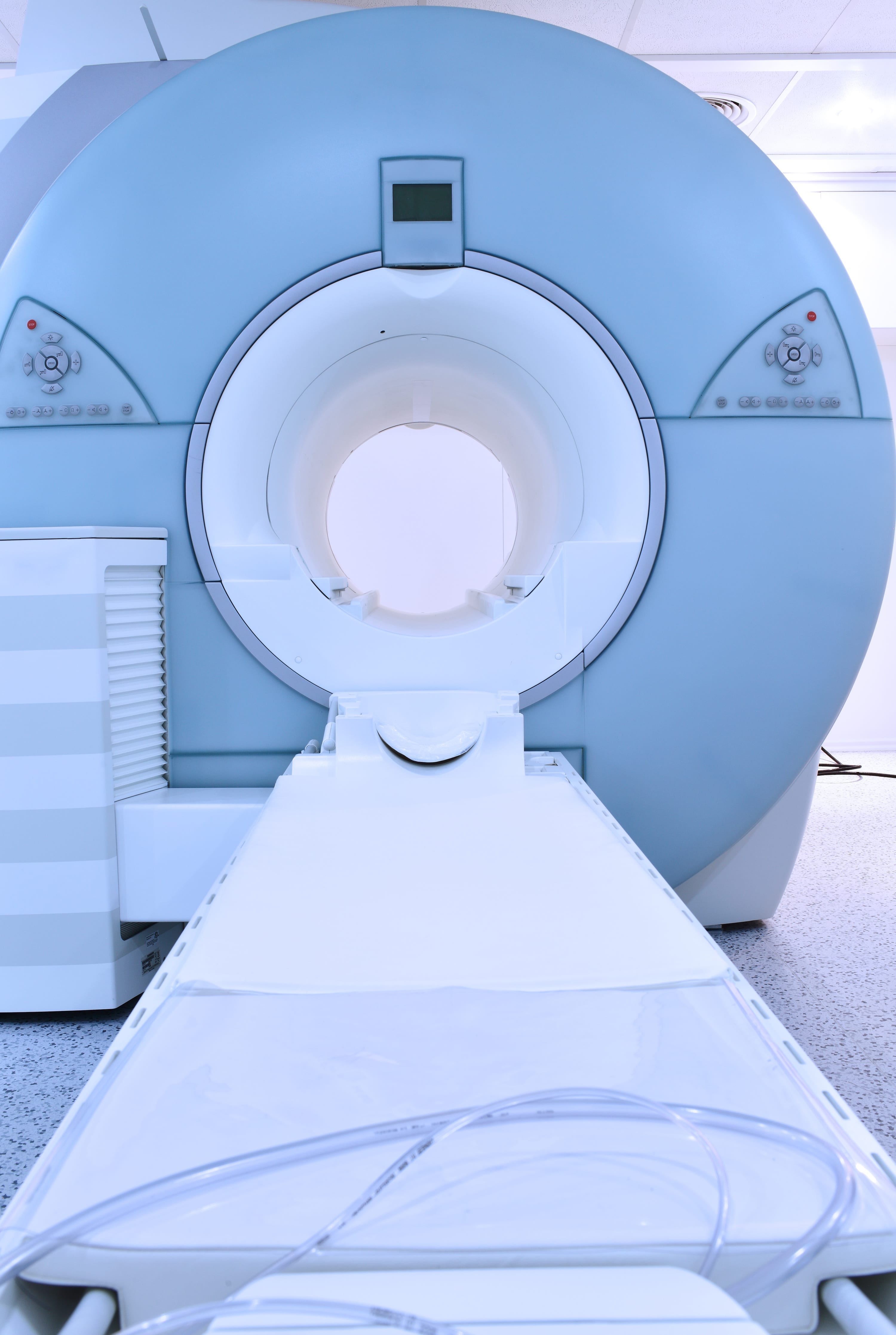Mammography is the process of using low-energy X-rays to examine the human breast and is used as a diagnostic and a screening tool. During mammography, breasts are compressed to reduce the amount of radiation required to penetrate the tissue. The goal of mammography is the early detection of breast cancer, typically through detection of characteristic masses and/or microcalcifications. 3D mammography is now available at Virginia Gay Hospital. Research has shown that 3D mammography in conjunction with standard 2D mammography, detects from 20% to 40% more cases of invasive breast cancer, while also reducing the need for additional testing by as much as 40%. The improved results from 3D mammography don’t result in radiation exposure above FDA limits, and by avoiding additional tests, the test may help limit lifetime exposure. 3D mammography requires only a few seconds more than standard mammography. The testing procedure is identical, except for the slight arc the imaging unit makes to gather the image. The powerful software then creates images of the breast tissue in millimeter-thick increments. The ability to view small segments of tissue and the ability to rotate 3D images allow radiologists to take a more accurate look inside the body. The technology is especially useful for women with dense breast tissue because 2D mammograms of dense breasts are more difficult for the radiologist to interpret, and because cancer occurs more often in dense breasts. The determination of breast tissue density is determined after examining a mammogram, and approximately 50% of women have dense breast tissue. Two organizations with information about breast tissue density can be found on the web at http://www.densebreast-info.org/ and http://www.iowabreastdensity.com/ . Talk with your Virginia Gay Family Medical Clinic healthcare provider about your risk of breast cancer and recommendations on mammography based on your age and health history. Your provider can provide you with an order for the test. Once you have an order, call the imaging department at 319-472-6288 or scheduling at 319-472-6270 for an appointment. 3D mammograms are currently scheduled for Mondays and Tuesdays, 9 AM to 3 PM, and on Fridays, noon to 3 PM. If you need financial assistance for this service, the Gifts of Hope fund was established to provide free mammograms and diagnostic services. Assistance is available to pay for a clinic visit, testing, co-pays, and diagnostic analysis of those tests to determine the next steps, as well as Pap tests and/or pelvic exams. Funds are meant for people who have no insurance; have a health insurance policy that does not pay for these services; and those who cannot pay deductible or co-insurance amounts. Talk to your VGH provider if you want to use Gifts of Hope funds and it will be arranged. No Application is necessary. For more information, visit www.myvghfoundation.org/gifts-of-hope.
Accreditation Frequently Asked Questions
What should I know about radiation safety?
Before your imaging procedure be sure to ask your physician the following questions:
- Why is the test needed?
- How will having the test improve my care?
- Are there alternatives that do not use radiation and deliver similar results?
- Is the facility accredited by the American College of Radiology (ACR)?
- Are pediatric, and adult tests delivered using the appropriate radiation doses?
Why should I have my imaging exam done at an accredited facility?
When you see the gold seals of accreditation prominently displayed in our imaging facility, you can be sure that you are in a facility that meets standards for imaging quality and safety. Look for the ACR Gold Seals of Accreditation.
To achieve the ACR Gold Standard of Accreditation, our facility’s personnel qualifications, equipment requirements, quality assurance, and quality control procedures have gone through a rigorous review process and have met specific qualifications. It’s important for patients to know that every aspect of the ACR accreditation process is overseen by board-certified, expert radiologists, and medical physicists in advanced diagnostic imaging.
What does ACR accreditation mean?
- Our facility has voluntarily gone through a vigorous review process to ensure that we meet nationally-accepted standards of care.
- Our personnel is well qualified, through education and certification, to perform medical imaging, interpret your images, and administer your radiation therapy treatments.
- Our equipment is appropriate for the test or treatment you will receive, and our facility meets or exceeds quality assurance and safety guidelines.
What does the gold seal mean?
When you see the ACR gold seal, you can rest assured that your prescribed imaging test will be done at a facility that has met the highest level of imaging quality and radiation safety. The facility and its personnel have gone through a comprehensive review to earn accreditation status by the American College of Radiology (ACR), the largest and oldest imaging accrediting body in the U.S. and a professional organization of 34,000 physicians.


 Providing high-quality services to commemorate your pregnancy.
Providing high-quality services to commemorate your pregnancy.